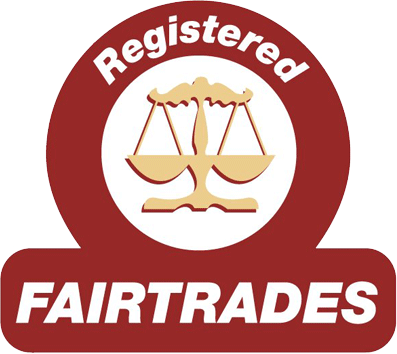How to identify a Persian Rug
- Posted on 10th July 2021
- in How-To Guides
- by Fulham Lofts

The bad news is that it is impossible for the layperson to discern between a genuine Persian hand knotted rug and a copy made in India, Pakistan, or China. This situation has allowed many dealers to pull the wool – no pun intended – over buyers’ eyes over the years and to pass copies off as the real thing, and in the process making huge profits.
The copy might look the same in all respects – in the case of a Persian Kashan City/Workshop floral medallion rug – so that the colours and design are perfectly reproduced. However, the knowledgeable person, who is almost always the dealer, can look at a Chinese copy from 100 metres and know what it is.
The copies are often stilted in their execution, which fact you can learn if you place the Persian rug and the reproduction side by side. The weavers who are born into the right culture and locale will somehow have the innate feel for the art and be able to create it as their forbearers did. Those from different continents simply cannot imbue the correct spirit into the weaving. It is the difference between painting by numbers and creating from the heart and mind’s eye. Ironically, the copy may well have a more regular, finer weave but is let down by the type of wool and dyes.
The number of knots per square inch or metre are only important insofar as to make the correct design detail. Far more necessary to make excellent rugs is the quality of the pile, almost always wool, but sometimes a mixture of silk and wool or all silk. The wool used in the copies is generally much drier than the materials used in Iranian Persian rugs, over processed, and bleached of natural oils so that the dyes are uniform. The genuine rug will have a slight pointillistic look, with shades of one colour combined in a block of colour. This effect saves the Persian rug from having a flat and dull effect which looks too perfect, almost machine made.
The range of dyes available to modern rug producers is greater than ever before, constantly evolving and improving to achieve better results at lower costs. However, the finer Persian rugs use wool that is better suited to taking dyes and much more suited at giving greater longevity. Iranian weavers of Persian rugs use much better tones of colour, whilst the best examples have either all natural, or a mixture of chemical and natural, dyes.
The layperson must trust the vendor to give the correct description of the rug, so it is generally advisable to buy from a local rug retailer who can show you various options in the shop before you try a selection at home on an approval basis. If buying from an online retailer and spending a lot of money, try to get a second opinion within the 14 days return period.
Remember that images are always misleading and buying on the strength of them is foolhardy. The afore mentioned Persian Kashan is the most reproduced design and is made in almost every rug making country in qualities ranging from awful to excellent machine-made, and in many hand knotted grades. The expert can tell them apart, but only after looking at the back of the rug, which tells the buyer nothing.
Trust your vendor- or spend many years reading books and inspecting 1,000s of rug!

